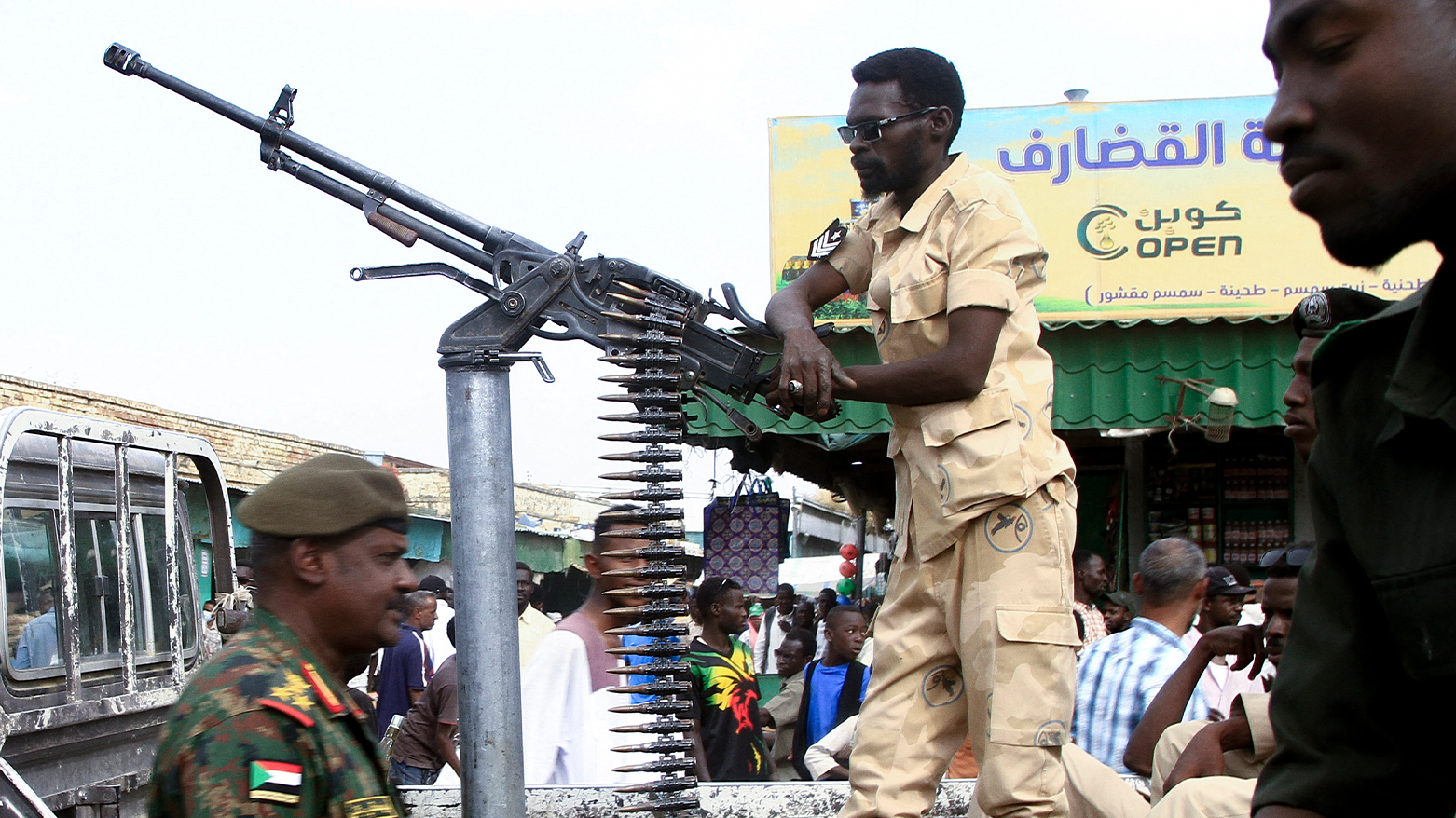Sudan's war enters second year, crisis deepens

ERBIL (Kurdistan 24) - After killing more than 15,000 people, injuring more than 8 million, and displacing over 8 million, the war in Sudan will enter its second year on April 15, 2024.
The fighting persists in Darfur, Kordofan, Gezira, and Khartoum, causing catastrophic destruction. Health services have collapsed, hospitals have failed, medicines have run out, and factories, laboratories, and public institutions have been destroyed.
The Republican Palace and ministries have been targeted by air and artillery attacks, leading to disruptions in education, with schools and universities affected, and a year-long absence of salaries for the country's employees.

Countless Fatalities
According to the Armed Conflict Location and Incident Data Record, the death toll has reached 14,790, with 800 killed between February 10 and March 8 in Khartoum and Jazira provinces.
Violence against civilians has surged by 89 percent in the past month, with reported figures likely underestimating the actual death toll, as some victims are buried in their homes.
Neither the army nor the fighters of Sudan's liberation Movement disclose their respective casualties, contributing to uncertainty surrounding the true toll.

World’s worst displacement crisis
In its latest update on April 5, IOM field teams reported that the conflict escalation between the army and rapid support forces had internally displaced nearly 6.5 million people in Sudan, with 1.96 million seeking refuge in neighboring countries.
The United Nations has labeled this displacement crisis as the worst globally, exacerbating a severe humanitarian situation, with the Famine Early Warning Network predicting devastating famine in West Darfur, Khartoum, and Greater Darfur.

A monster called ‘hunger’
Save the Children stated in February that more than 2.9 million children are malnourished, with an additional 729,000 children under five facing the same perilous condition.
Without adequate healthcare, 109,000 children are expected to suffer from diseases such as dehydration, hypothermia, and hypoglycemia in the coming months, with approximately 222,000 children and over 7,000 pregnant women at risk of death.
The war has led to a 40 percent decline in grain production, causing grain prices to triple, according to the Food and Agriculture Organization of the United Nations (FAO).

Finance Ministry
Sudanese Finance Minister Gibril Ibrahim remarked in March that determining the exact damage caused by the war is challenging, noting severe damage to the Sudanese economy, including disrupted production and export movements, as well as heavy currency withdrawals by capitalists.
He estimated Sudan's economic losses from the war at over $26 billion, while economist Ibrahim A. Elbadawi assessed infrastructure losses at approximately $60 billion, predicting a 20 percent drop in gross domestic product if the war persists.

Health and Medicine
The World Health Organization reported that 540 of Sudan's 702 hospitals, constituting 25 percent, are malfunctioning, with 75 percent attributed to the conflict. Medical personnel have fled for safety, with dozens killed in bombings.
Health Minister-designate Haitham Ibrahim estimated $11 billion in losses for the health sector, aiming to repair 25 percent of hospitals, particularly those specializing in kidney transplants, MRIs, and clinical diseases.
The collapsed health system has led to disease outbreaks, including 10,800 cases of cholera and 7,500 cases of dengue fever in 12 cities.

Rupture of communication networks
Following the war, Sudanese lost access to communication network services such as the internet, resorting to satellite internet use.
The government banned satellite internet devices in Sudanese ports, confiscating them, while areas controlled by rapid support forces charge exorbitant fees for calls, further burdening the populace.
Children without a school to attend to
The war has precipitated a major education crisis, described by UNESCO representative Mandeep O'Brien as the worst globally. UNICEF reports that 19 million children are out of school, with four million displaced, making Sudan one of the largest child displacement crises globally.

